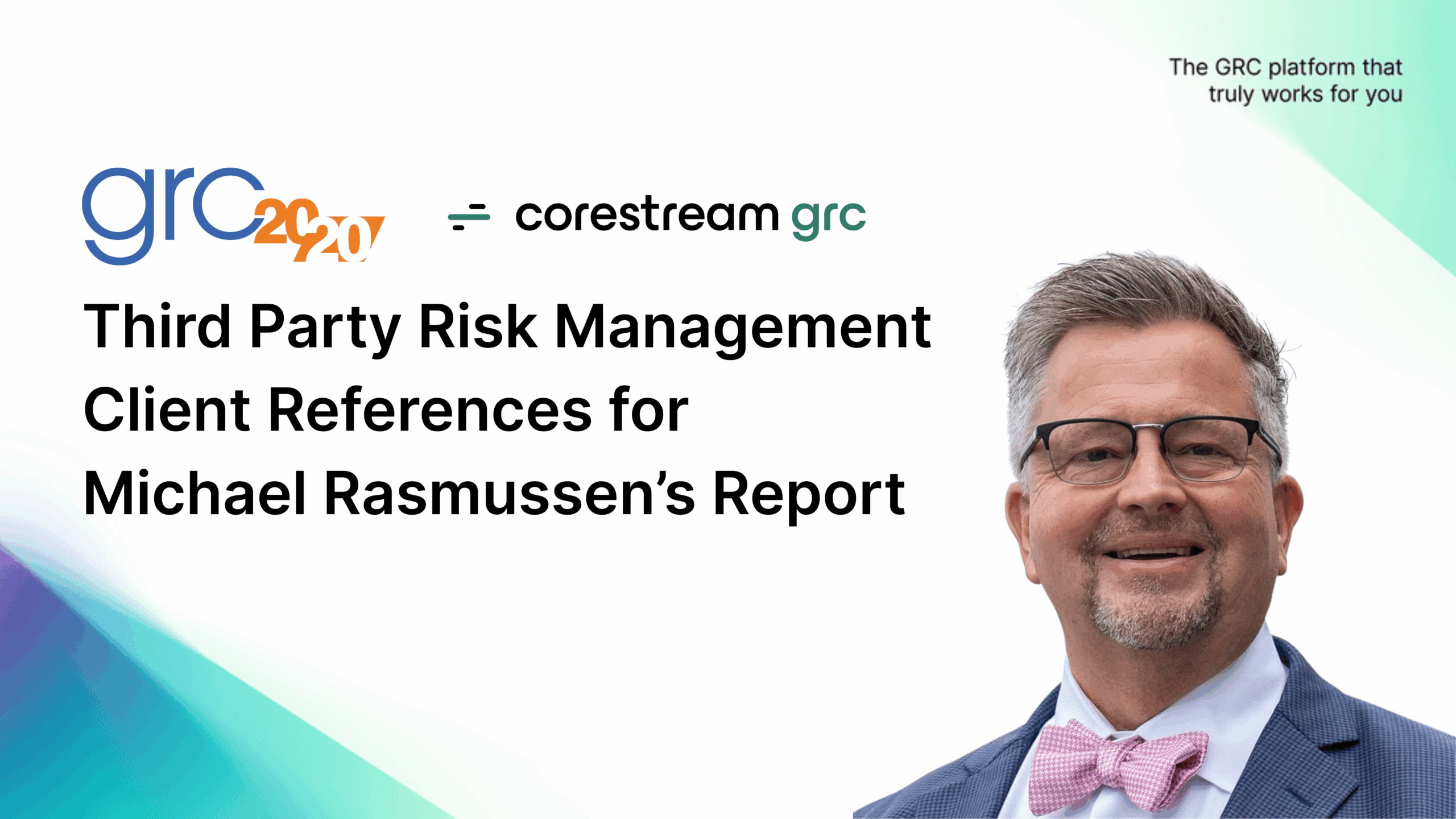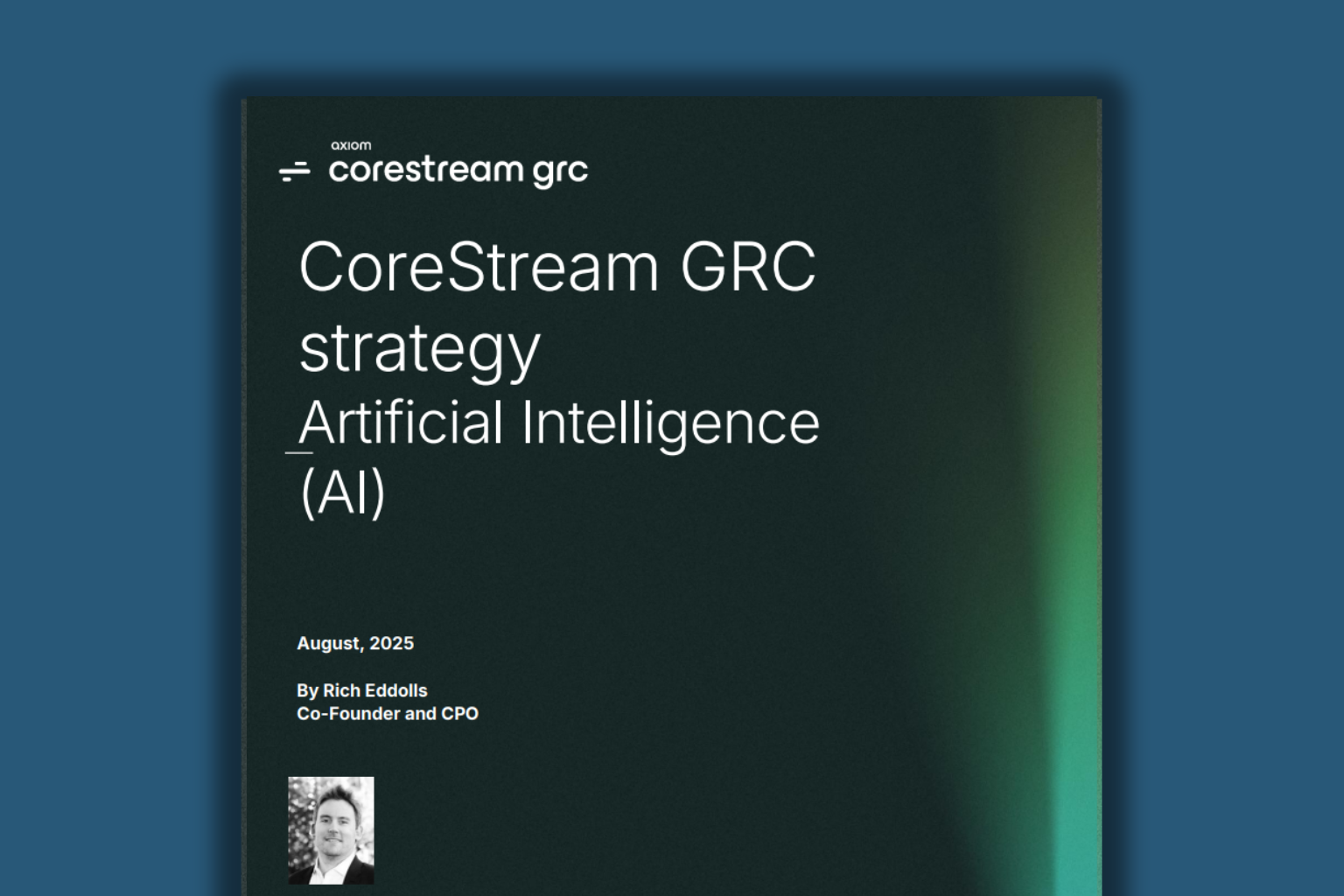How to de-risk your technology projects including your GRC systems

This guide, written by Rich Eddolls, Chief Product Officer and Co-Founder at CoreStream GRC, was featured in IT Pro Portal and Information Age.
Here is a preview of the guide:
Introduction: The hidden cost of project failure, and how to avoid It
“Around 80% of IT projects are considered failures by businesses.”
Despite continued investment, many IT and software projects still struggle — with missed deadlines, cost overruns, and unmet expectations. Research shows that fewer than one in three projects succeed, leading to billions wasted annually on cancelled or underperforming initiatives.
While success is often context-dependent, certain fundamentals are essential for any project to stand a chance:
- Getting the requirements right
- Providing effective leadership
- Ensuring full support and engagement from sponsors and users
Without these, projects are unlikely to deliver value. But beyond the basics, there are often-overlooked strategies that can significantly reduce risk and improve outcomes.
Scope and timetable
“A purely waterfall or purely agile approach is rarely the best choice.”
Successful GRC and technology projects strike the right balance between structure and adaptability. Overly rigid planning often leads to misaligned outcomes and delayed benefits, while overly flexible approaches risk scope creep and stakeholder disengagement.
By defining core business requirements early and delivering value iteratively, organizations can maintain momentum and minimize the cost of misdirection. Shorter, focused timelines help teams stay aligned with business goals and governance needs.
How and what to deliver?
“A platform-based solution, with reusable components and a custom business logic layer, often makes the most sense.”
Choosing how to deliver a GRC system is as strategic as the solution itself. In-house development may promise customization, but it often leads to higher risk, longer timelines, and resource volatility.
A configurable platform solution accelerates implementation, reduces development costs, and keeps the organization aligned with evolving compliance and governance frameworks. Knowing what can be configured and what requires code ensures that your solution remains flexible and scalable, not fragile or bespoke.
Designing and implementing the solution
“The purpose of the technology is to support the best way of running your business; it should not dictate how the business should operate.”
Technology should empower effective governance, not impose unnecessary constraints. GRC systems must be built around real operational needs, not forced compromises. Just as critical is embedding continuous testing throughout the project lifecycle, identifying issues early, reducing delivery risk, and maintaining audit-ready standards.
Sole reliance on User Acceptance Testing at the end stage leaves too much to chance. Continuous validation ensures that both compliance and usability goals are met from the outset.
Prioritize simplicity and performance
“If users have to wait more than a second or two… there needs to be a valid reason for the delay.”
User experience is not a secondary concern — it’s central to adoption, productivity, and compliance. GRC solutions should be intuitive, fast, and built for the way teams actually work. Complexity might be inevitable behind the scenes, but what users see and touch should feel simple and purposeful. Tools must support streamlined decisions, not add friction to them. High-performing interfaces reduce risk, increase stakeholder satisfaction, and improve data accuracy across the board.
Want to continue reading?
Download the full guide to explore how you can de-risk your technology projects and deliver lasting value.
Continue your GRC learning, speak to our team of experts

-

CASE STUDY: UNT Health
Conflict, clarity, and courageous integrity: How UNT Health streamlined compliance with CoreStream GRC About UNT Health The University of North Texas Health Science Center (UNT Health) formerly known as HSC, is a dynamic academic health center with a 50-year legacy. With 6 schools, including the newly added College of Nursing, and 4 research institutes focused…
-

CASE STUDY: GRC 2020 References
Client feedback meets expert insight: Michael Rasmussen’s perspective on CoreStream GRC’s TPRM solution Introduction GRC 2020 CEO and pioneer Michael Rasmussen, who coined the term “GRC”, recently conducted an in-depth review of our third-party risk management (TPRM) solution. As part of this process, he spoke directly with several of our vendor risk management clients to…
-

GUIDE: AI paper
Our Artificial Intelligence (AI) strategy By Co-Founder and CPO, Rich Eddolls 1.0 Introduction CoreStream GRC rarely publishes targeted strategy documents. But then there are rarely moments like the current adoption of Artificial Intelligence (AI) that have the potential to revolutionize the way we work, and even how we live our lives. This guide intends to…